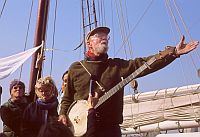
Pete Seeger singing on the Clearwater
Pete Seeger died last night at the age of 94. Seeger was a folk singer and song writer, as well as an activist who thought that song just might change the world. It is hard to believe that he has died. In his latter years, he developed a sort of craggy but cheerful, timelessness, not unlike the Palisades along the Hudson River that he so loved. Arlo Guthrie, who was with Seeger shortly before he died, commented that Pete has “passed away but he hasn’t gone.”
Seeger will long be remembered for his music but he will also be known for his love of the Hudson River. In the 1960s, Pete and his wife Toshi started an organization whose goal was to bring people back down to the Hudson River, which had become heavily polluted with industrial waste. They decided to “build a boat to save the river.” In 1969 the organization launched a replica of a Hudson River sloop, the once ubiquitous sailing cargo vessels that had plied the river a century before. They named the sloop, Clearwater, and began sailing up and down the river giving concerts and talking about the environment. Continue reading

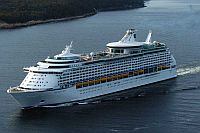 My next door neighbors left last Tuesday for a 10 day cruise in the Eastern Caribbean on the Royal Caribbean Cruise Line ship
My next door neighbors left last Tuesday for a 10 day cruise in the Eastern Caribbean on the Royal Caribbean Cruise Line ship  The
The 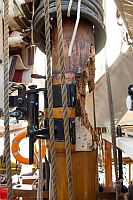 Their
Their 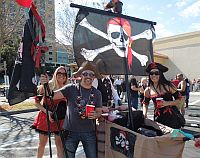 Today, Tampa, Florida will be “invaded” by pirates. Every year about this time, Tampa celebrates the
Today, Tampa, Florida will be “invaded” by pirates. Every year about this time, Tampa celebrates the 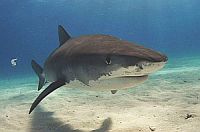 A recent study by the
A recent study by the 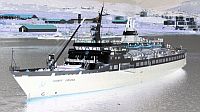 The
The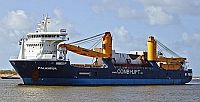
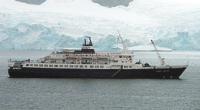
 Last June,
Last June,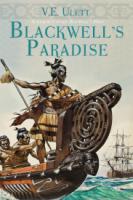
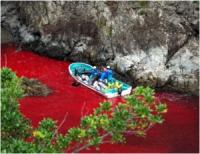
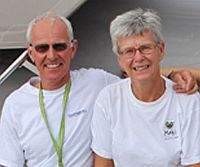
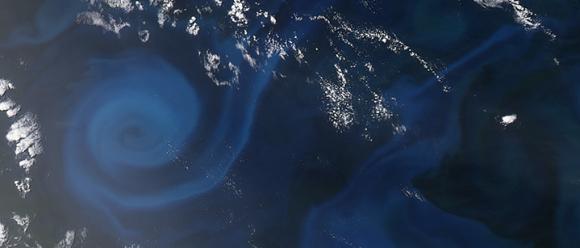 While oceans in Northern latitudes are feeling the icy blast of winter, the antipodes are in the middle of a very hot summer. Indeed, for Australia, there maybe too much of summer’s sun, as the continent suffers under
While oceans in Northern latitudes are feeling the icy blast of winter, the antipodes are in the middle of a very hot summer. Indeed, for Australia, there maybe too much of summer’s sun, as the continent suffers under 

 Life on a tugboat can be tough. Tugs are small vessels with very big engines, with just enough buoyancy to stay afloat and upright. They generate great forces and move around vessels much, much larger than themselves in often challenging conditions. A quick look at three tug casualties in the last few days. Fortunately there were no reported fatalities.
Life on a tugboat can be tough. Tugs are small vessels with very big engines, with just enough buoyancy to stay afloat and upright. They generate great forces and move around vessels much, much larger than themselves in often challenging conditions. A quick look at three tug casualties in the last few days. Fortunately there were no reported fatalities. Piracy off the coast of Somalia
Piracy off the coast of Somalia